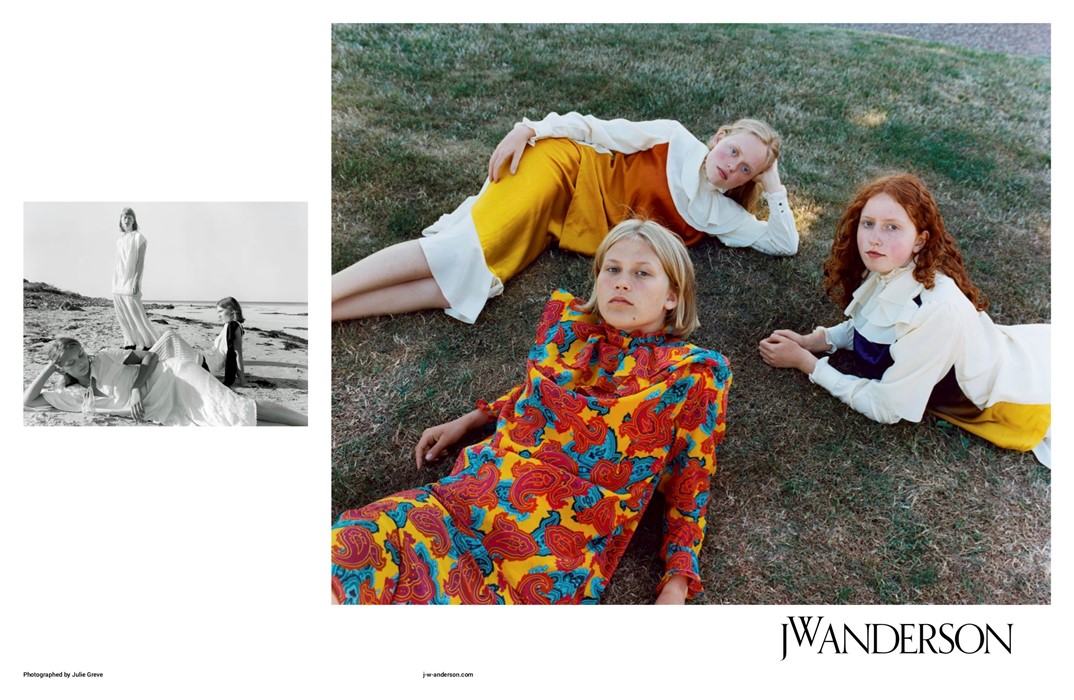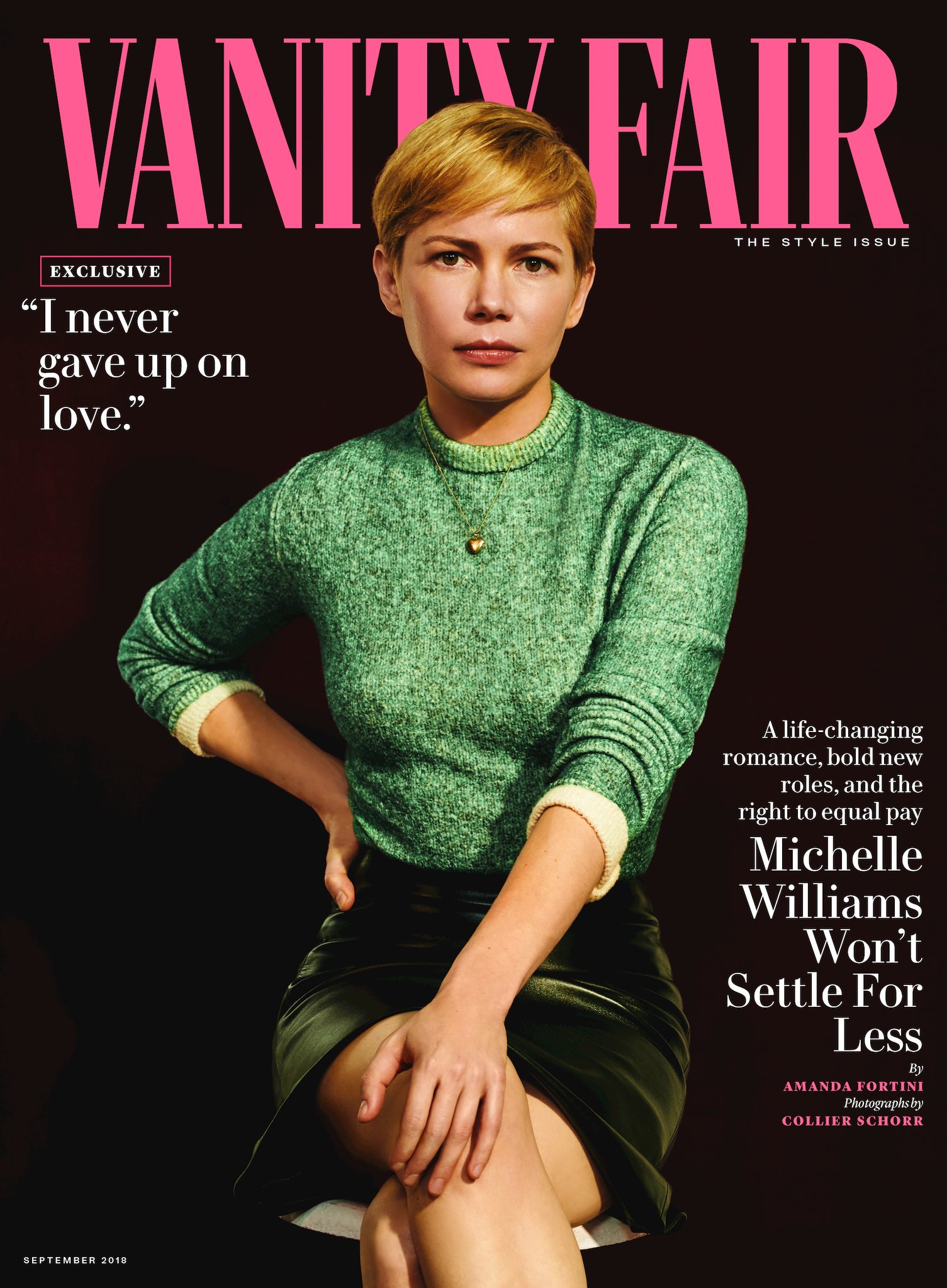This season of September issues was exceptionally fierce, sending an important long overdue message for increased diversity at fashion’s forefront; most notably Beyoncè featured on the cover of American Vogue, shot by Tyler Mitchell, the first ever black photographer to shoot a Vogue cover. The relevance of a September issue is that it sets forward the moment’s dominant trends - culturally and sartorially- for the upcoming months, inspiring a myriad of consumers to turn to a fresh page and approach a new season with the confidence to define or perhaps evento reinvent oneself. It therefore is no surprise that September issues typically outweigh (literally) other issues due to the sheer volume of material, most of which, being advertising campaignsfound at the start of a magazine to persuade or influence the audience in some form.
Judith Williamson (1993) has called advertising campaigns as “one of the most important cultural factors moulding and reflecting our life today” and can be seen collectively as a “privileged discourse for the circulation of messages and social cues about the interplay between persons and objects” (Leiss, Kline, and Jhally, 1990).Having read my fair share of September 2018 issues cover to cover, there are several defining fashion advertising directions which have ultimately triggered the question of have we actually evolved into a Post-Ad world? The Ad as Entertainment Fashion films show no sign of slowing down, with today’s most renowned photographers such as Nick Knight or Sølve Sundsbo really pushing ground in this medium. For this season, it was Steven Meisel who captured the Givenchy moment at a bustling club (maybe Berghain in Berlin?) inviting the audience to partake on a crowded, darkened, glitzy dance floor through a cinematic lens. Also, Jil Sander publicised on Instagram a surreal 3 minute film by Wim and Donata Wenders, composed of repeating scenarios where the protagonists wear different looks from the Jil Sander autumn 2018 collection. Film excerpts were featured in print.
The Ad as Engagement Arguably one of the best “Ads” of the season would be from JW Anderson who earlier this year, held an open call for young photographers to partake in its Your Picture / Our Future initiative. Participants were asked to submit examples of their own work, with competition winners invited to shoot the AW18 campaign. After over 2,000 entries, Julie Greve, Simons Finnerty and Yelena Beletskaya were ultimately crowned the winners. Working together with Anderson, each young photographer was given an edit of the women’s and menswear collections, in order to bring their unique perspectives to the project.
The Ad as Editorial The most striking observation regarding this season’s fashion ads would be the blurred integration from commercial campaigns to creative editorials. Most obvious: the cover of American Vanity Fair September 2018 featuring the actress Michelle Williams against a blank maroon backdrop. Williams is an official ambassador to Louis Vuitton, and therefore appears in a variety of their own ad campaigns and typically wears the luxury brand on magazine shoots, as seen here. The shtick of the matter is that the cover is shot also by Louis Vuitton’s current campaign photographer Collier Schorr. So - the cover of Vanity Fair features 1) Louis Vuitton full look 2) Louis Vuitton brand Ambassador and 3) shot by Louis Vuitton Campaign Photographer. If it walks like a duck…Publications continue to blur the lines between commercial and editorial content however this cover may have just erased those lines completely. A Louis Vuitton spokesperson has labelled the brand-cover incident “a happy coincidence” speaking to the NYTimes, however a just as jovial coincidence has now been spotted on the freshly released October issue cover for Vogue China. The cover features Chris Lee wearing a Gucci dress and shot by Gucci muse, model andGucci campaign photographer Petra Collins.
Should we as consumers and aficionados of fashion be worried about this increased intersection between church and state?Sure there is the argument that we are losing creative integrity and the unique point of view ofindividual publications. But on the flip side, with the tidal wave of imagery - campaign, editorial, etcetera…- we are exposed to every day, is not everything essentially an #Ad?As brands increase in power, they do lend a voice to remarkable individuals such as a Collier Schorr who was one of the few photographers in fashion to speak out against Harvey Weinstein or a Petra Collins who is redefining the female photographer’s “girl gaze”. We are moving away from Ad’s in the traditional, dictating sense and moving to composed messages which span across all mediums, which inspire and entertain, and which directly engage with consumers and rising talent.Always look on the bright side, eh?

